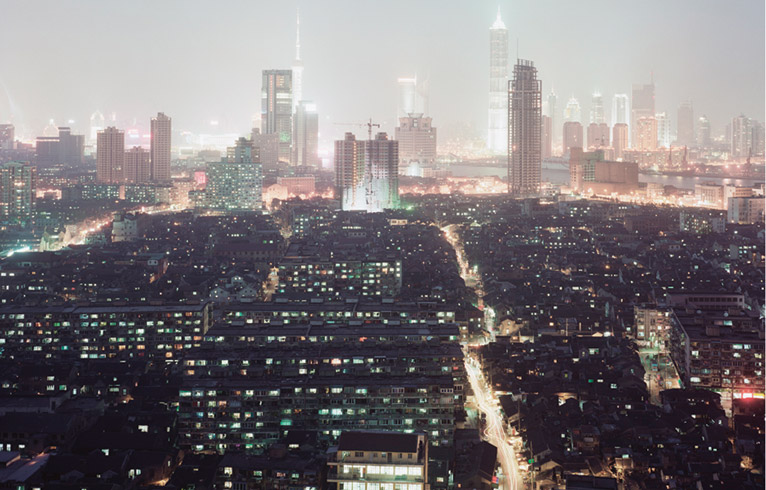MOMENT AND MOVEMENT
| February 19, 2011 | Post In LEAP 7

In the final hours of 2010, en route from Philadelphia to Shanghai, I received a company e-mail from our chairman promulgating a change of slogan for Modern Media’s flagship publication, Modern Weekly. Ten years on, no longer would it offer the promise of “Read Modern Weekly, Keep Up With the World.” Instead, by changing one Chinese character, from tongbu to tongxing, the paper would now give its readers a way to “Move Together With the World.”
It may sound like a semantic distinction, but it actually demarcates two distinct temporalities, one aspirational, the other emergent. It’s a subtle shift, and one we feel is particularly relevant to the larger environment in which we do our work at LEAP. Just in the time we were finishing this issue, Gagosian Gallery opened its doors in Hong Kong with new work by Damien Hirst, and Prada staged its first-ever fashion show outside Milan in the Central Academy of Fine Arts Museum. In that same freezing week, Beijing saw visits from art-world luminaries including gallerists Emmanuel Perrotin and Jay Jopling, Tate Modern director Chris Dercon, and collectors Don and Mera Rubell. What was going on? Nothing in particular, which is to say, everything altogether.
Arriving in Shanghai on New Year’s Eve, I rode past the World Expo grounds and straight to the Minsheng Art Museum (two locations closely associated with the waning year) for an exhibition by Zhang Enli of twelve sublimely subtle paintings of trees. Images of life and time, they seemed all the more solemn given how at precisely that moment, much of the art world was gathered in Shenzhen to commemorate the passing of a beloved writer named Wawa (see page 148).
This issue looks back at 2010, a year that in many regards was not particularly momentous. Perhaps, like historian Ray Huang’s 1587, it will be remembered as “a year of no significance,” dramatic not for any single event but for the way it so completely typified a larger era. We have collected reflections from our colleagues on the state of the field in areas ranging from the market to the academy, from artist organization to institutional evolution. Across all of these subfields, the theme seems to be similar: a context has emerged inside of which specific texts can function.
Itself a product of 2010, with this issue LEAP also effects a slight change of slogan, from the “bilingual” to the “international” art magazine of contemporary China. (Don’t worry: we remain, as ever, “fully bilingual.”) We have always believed that China is more than ready for a serious, discerning, and stylish art magazine— and in turn, already well beyond the need for one that panders to a generic understanding of artworks as commodities and artists’ names as intellectual capital. As we enter our second year, we are planning exciting collaborations in cities from Dubai to Tokyo, and hitting shelves in New York, London, and Berlin.
Our production crunch was also the moment of President Hu Jintao’s long-awaited state visit to the U.S. For all the serious diplomacy of that event, the real importance may have been, as journalist Gady Epstein recently noted in Forbes, creating images by which people can “process this period in history.” As we continue to “move together with the world,” we look for the art— like the paintings of Zhang Enli on our front and section covers— that allows us to do the same.

